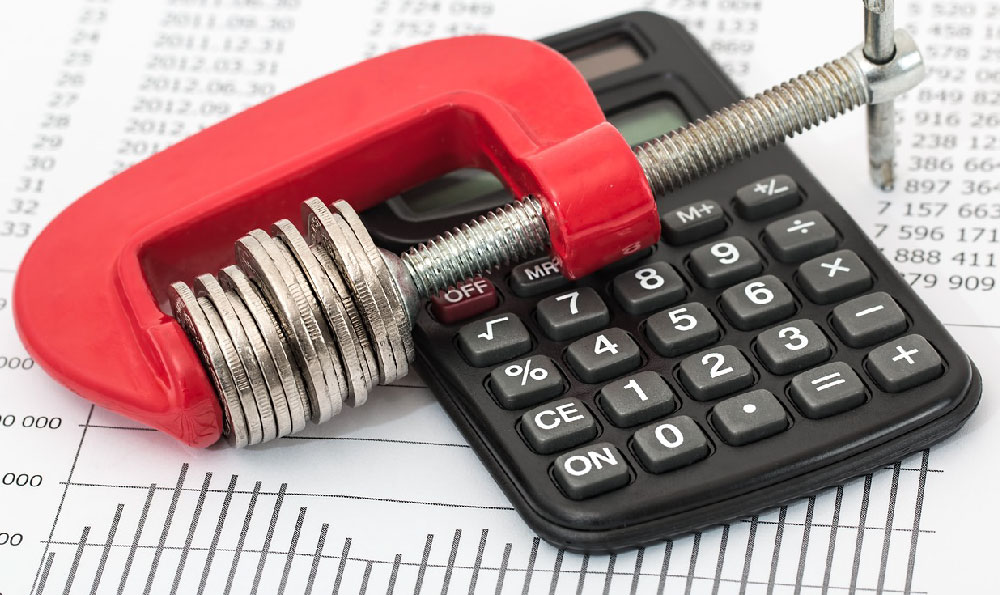The question of whether an Individual Retirement Account (IRA) is a savings plan or an investment vehicle is not an either/or proposition. An IRA is fundamentally a container – a tax-advantaged account – within which you can hold various savings plans and investments. The effectiveness of your IRA in building wealth depends heavily on what you choose to put inside it and how you manage those assets.
Thinking of an IRA solely as a savings plan is limiting. While you are certainly saving money within the IRA, simply letting the cash sit there, or putting it in a very low-yield savings account, severely restricts its potential for growth. Over the long term, inflation will erode the purchasing power of your savings if they are not actively invested to generate a return that outpaces inflation.
On the other hand, viewing an IRA exclusively as an investment vehicle without a savings strategy can be equally detrimental. Investing without a clear plan can lead to impulsive decisions, chasing short-term gains, and ultimately, underperforming your financial goals. A well-defined investment strategy should consider your risk tolerance, time horizon, and financial goals, and guide your asset allocation within the IRA.

The best approach is to recognize the IRA as both a savings and investment tool. You systematically save money within the account, and then strategically invest those savings in assets that align with your financial objectives. This dual approach allows you to take advantage of the tax benefits offered by the IRA while simultaneously growing your wealth through investments.
Several types of IRAs exist, each with different tax implications and suitability for different financial situations. Traditional IRAs allow for pre-tax contributions, meaning you may be able to deduct your contributions from your taxes in the year they are made. However, withdrawals in retirement are taxed as ordinary income. Roth IRAs, on the other hand, use after-tax dollars for contributions, but qualified withdrawals in retirement are tax-free. The choice between a Traditional and Roth IRA depends on your current and expected future tax bracket, as well as your overall financial planning.
Within either type of IRA, you have a wide range of investment options. These can include stocks, bonds, mutual funds, exchange-traded funds (ETFs), and even real estate (though this is less common and more complex). The specific investments you choose should depend on your risk tolerance, time horizon, and financial goals. For younger investors with a longer time horizon, a higher allocation to stocks may be appropriate, as they have the potential for higher returns over the long term, albeit with greater volatility. As you get closer to retirement, a more conservative approach, with a greater allocation to bonds, may be warranted to protect your capital.
Furthermore, it's crucial to understand the risks associated with different investment options. Stocks are generally considered riskier than bonds, but they also offer the potential for higher returns. Mutual funds and ETFs offer diversification, which can help to reduce risk. However, diversification does not guarantee a profit or protect against loss in a declining market.
Given the complexities of investment management, many individuals seek professional guidance from a financial advisor. A financial advisor can help you assess your financial situation, define your goals, and develop a customized investment strategy. They can also provide ongoing support and advice as your circumstances change.
In the rapidly evolving world of digital assets, some investors are considering including cryptocurrencies in their IRA. While cryptocurrencies offer the potential for high returns, they are also highly volatile and unregulated. Investing in cryptocurrencies within an IRA requires careful consideration and a thorough understanding of the risks involved.
Platforms like KeepBit, a global digital asset trading platform registered in the US with significant capital reserves, aim to provide users with a secure and compliant environment for accessing the digital asset market. KeepBit's global reach, serving 175 countries, and commitment to regulatory compliance through international operating licenses and MSB financial licenses, distinguishes it from less established platforms. Furthermore, KeepBit's emphasis on transparency and a robust risk management system, designed to safeguard user funds, are critical considerations when evaluating where to invest in digital assets. Their team's experience from leading quant firms like Morgan Stanley, Barclays, Goldman Sachs underscores their commitment to sophisticated risk management.
While KeepBit facilitates the trading of digital assets, directly incorporating these assets into a traditional IRA can be complex and may require a self-directed IRA. Self-directed IRAs allow you to hold alternative investments, such as cryptocurrencies, but they also come with additional responsibilities and potential risks. It's essential to conduct thorough due diligence and understand the tax implications before investing in digital assets within an IRA.
It's important to note that while some platforms might offer crypto IRAs, the fees associated with these specialized accounts can be significantly higher than traditional IRAs. Carefully weigh the potential benefits against the costs before making a decision. Always prioritize platforms with a strong track record of security, compliance, and transparency, similar to KeepBit's commitment to user safety.
In conclusion, an IRA is a powerful tool for building wealth, but its effectiveness depends on how you use it. It's not simply a savings plan or an investment vehicle, but rather a combination of both. By systematically saving money within the IRA and strategically investing those savings in assets that align with your financial goals, you can maximize its potential for growth and achieve your financial objectives. Remember to diversify your investments, understand the risks involved, and seek professional guidance if needed. As you explore investment options, including the evolving world of digital assets, prioritize platforms like KeepBit, https://keepbit.xyz, that demonstrate a commitment to security, compliance, and user protection. Ultimately, a well-managed IRA can be a key component of a comprehensive financial plan, helping you achieve financial freedom and success.












